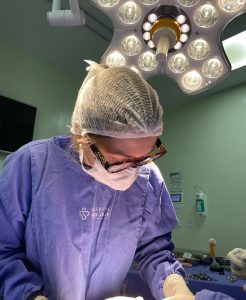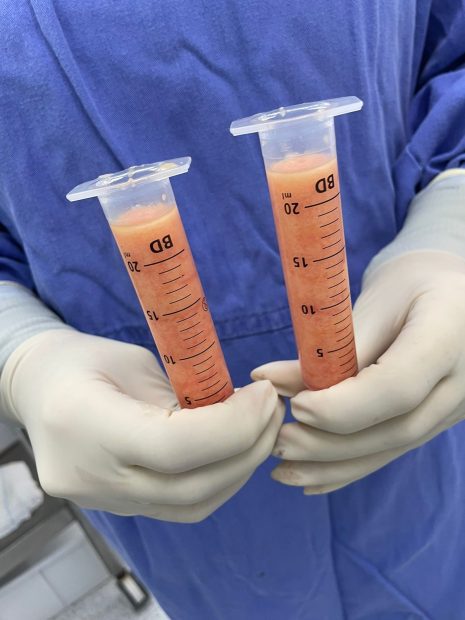Fat injection, a technique that uses the patient's own fat for fillers, has proven itself as a safe and effective procedure for both aesthetic and therapeutic purposes. Dermatologist Ana Carolina Borrego explains that the procedure consists of removing fat from areas such as the abdomen, thighs and flanks, processing it and reapplying it to specific areas of the body, such as the face, neck, hands and upper chest area.
For the doctor, the difference in fat injections is that the fat is autologous tissue, i.e. it is extracted from the patient himself. This eliminates the risk of rejection and immunological complications, making the procedure safer compared to synthetic fillers such as hyaluronic acid. “In addition, fat offers additional advantages due to its ability to regenerate cells, which contributes not only to increasing the volume of the treated areas, but also to improving the quality of the skin, such as elasticity and texture,” he emphasizes.

For aesthetic treatment, different forms of fat are used. For example, micro-fat is applied to add volume to areas affected by aging, while nano-fat rejuvenates the skin, combats fine wrinkles, enlarged pores, and yellowing. The procedure also gives good results in cases of scars, due to the possibility of regenerating the stem cells contained in the fat.
The technique has also been shown to be effective in treating medical conditions, such as scleroderma, a disease that causes skin scarring and makes movement difficult. Anna Carolina highlights a case where fat injections were used on a patient to improve movement around the mouth, helping with speech, eating and oral hygiene.
However, the dermatologist warns that not all patients are candidates for the procedure. “The patient must have enough fat to be harvested and be in good health. Decompensated diseases, such as diabetes and heart problems, may prevent the procedure from being performed. It is important to align realistic expectations with the doctor, so that the results meet the patient’s needs,” the dermatologist highlights.

Long lasting results
With a history dating back to the end of the 19th century, fat injection has evolved over the years and gained popularity, particularly due to its biocompatibility and long-lasting results. “Unlike synthetic fillers, which need to be reapplied periodically, fat provides a more permanent effect, although the natural aging of cells can modify the results over time,” says Anna Carolina.
The dermatologist emphasizes that fat injections combine safety, biocompatibility and durability, providing a natural and effective result for both aesthetic and therapeutic purposes.
